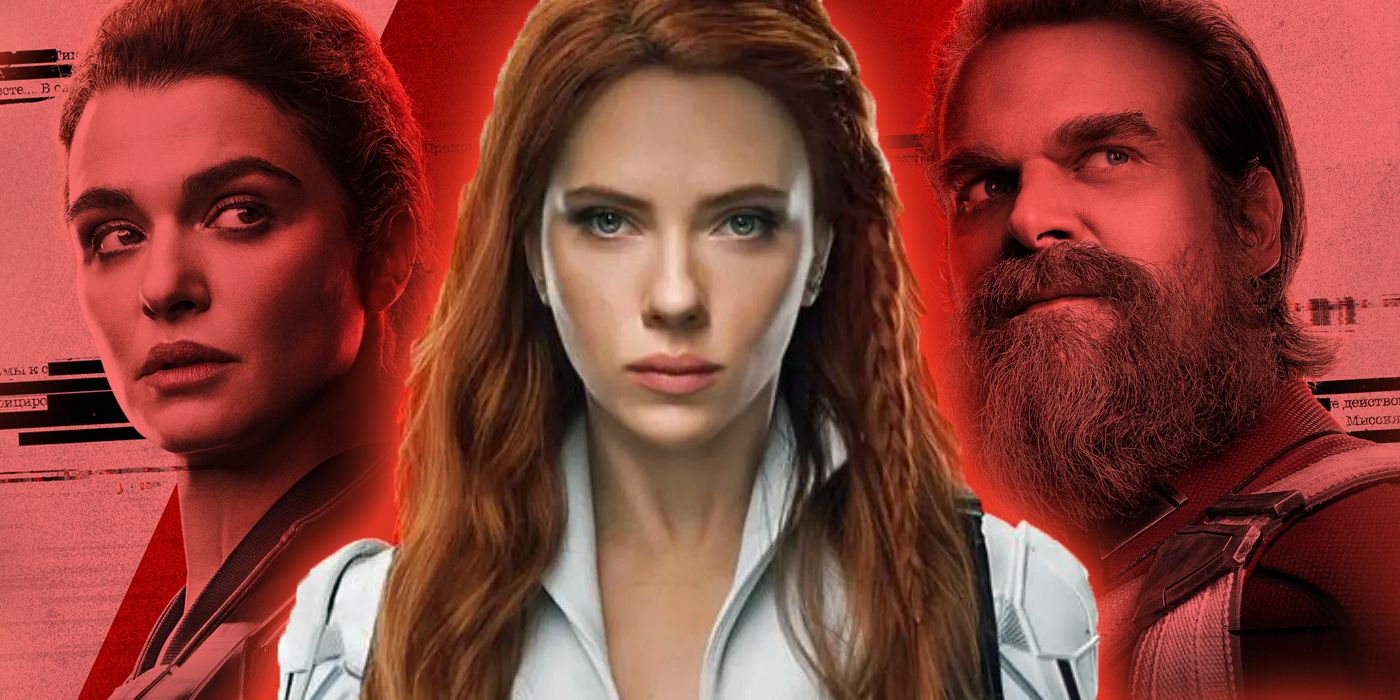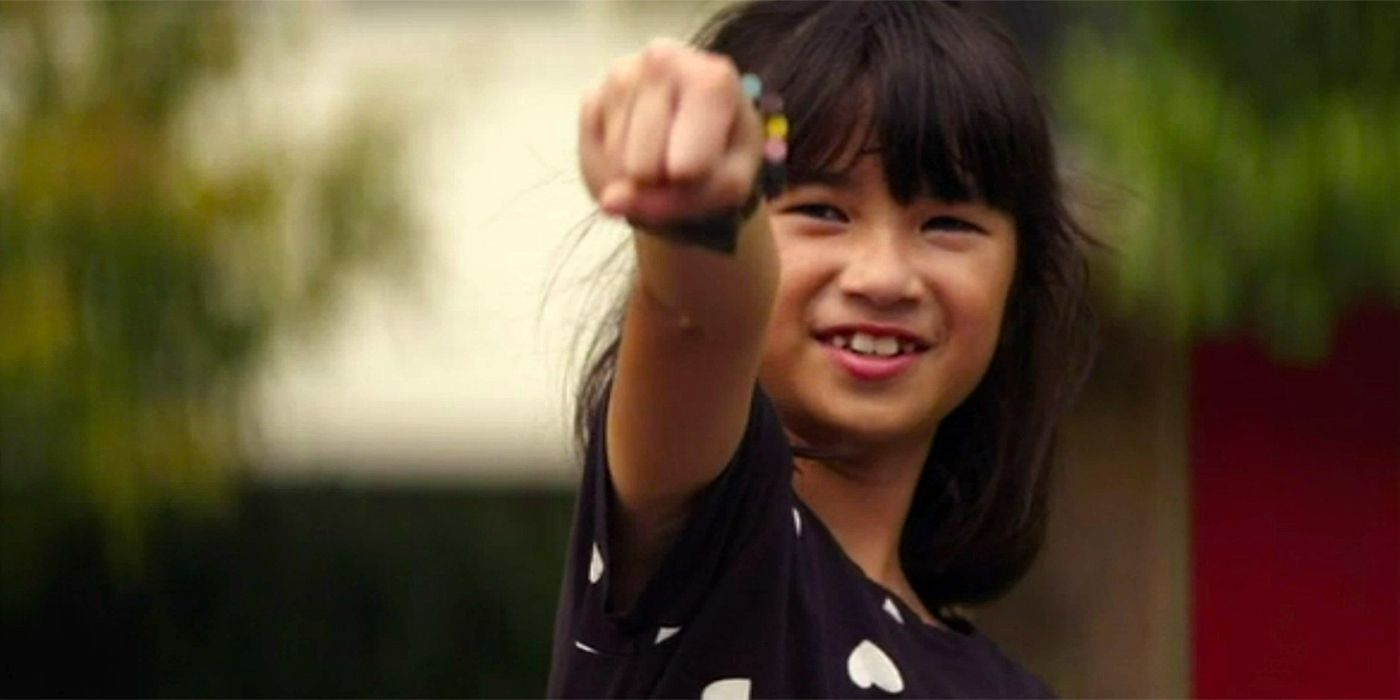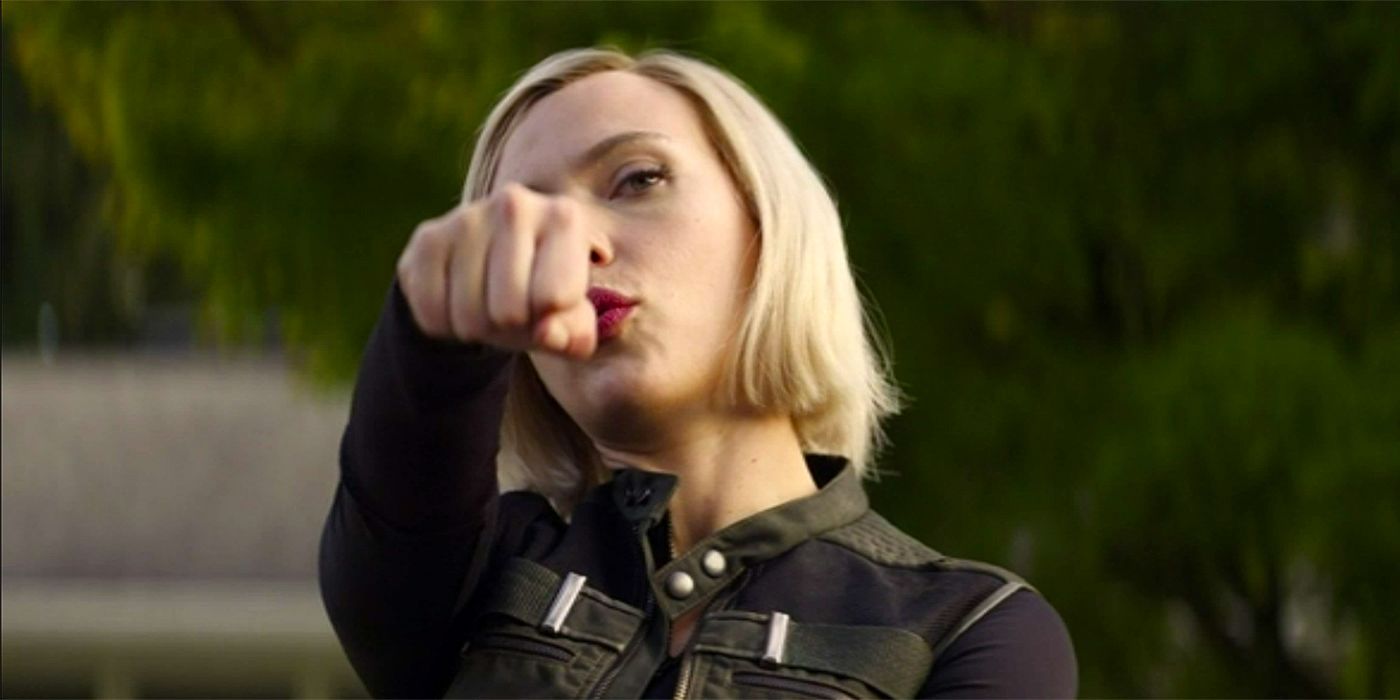In July, the long-awaited release of Marvel's Black Widow finally gave fans -- and Scarlett Johansson -- the Natasha Romanoff solo story that they had long been craving, as well as a solid ending to another original Avenger departing the Marvel Cinematic Universe.
Along with a slew of new deleted scenes, the digital release also provided an alternative ending to Black Widow; a much more fitting send-off that the titular hero deserved.
Black Widow's Theatrical Ending
Black Widow flashes back to Natasha’s childhood as a Russian agent before telling the story of her takedown of the infamous Red Room that made her a child assassin and KGB operative. In the process, she reunites with her “parents," Alexei Shostakov/Red Guardian (David Harbour), Melina Vostokoff (Rachel Weisz) and her pseudo sister, Yelena Belova, played by the show stealing Florence Pugh.
The theatrical release ends with Natasha parting ways with her newly reformed family. She meets up with Mason and boards a Quinjet to join Steve Rogers in rescuing their friends, thus setting up her storyline for Avengers: Infinity War. The scene is straight, to the point and connects the film in time and place to the larger franchise.
Black Widow's Alternate Ending
After seeing the ending that could have been, many fans are baffled by the farewell that Natasha Romanoff received in the theatrical release of Black Widow. A leaked alternate ending depicts Natasha on a motorcycle riding through the suburban neighborhood in Ohio that she and Yelena had once called home. She is sporting Yelena’s vest and takes off the motorcycle helmet to reveal her new hair: the Infinity War blonde bob.
Natasha sees a group of kids playing Avengers in the street catches her eye. There is a little girl playing Iron Man, miming repulsor rays, a boy with a bow and arrow pretending to be Hawkeye, another girl wielding Thor’s hammer and there’s a flash of Cap’s shield. The girl playing Black Widow approaches Natasha and smiles as she slowly recognizes her idol. Silently, she holds up her arm and “shoots” Natasha with the iconic Black Widow sting. Natasha plays along and fires back with a smile on her face.
The Emotional Punch of the Black Widow Scene
With that one smile it is clear that Natasha has made peace with her past. Returning to Ohio tells the audience that she has found closure from her traumatic childhood and this character who has lived a life of loneliness and distance has found not one family, but two. For an audience that is fully aware of her tragic death to come in Avengers: Endgame -- a sacrifice she makes out of love for her two families -- this scene is especially heartbreaking.
It is a small scene, but one that underscores the rarely addressed in-universe impact of the Avengers. The audience has obviously always known that they are heroes, but now it is clear that their heroics have even farther reaches within their world. Black Widow is no longer an anonymous spy with unlimited aliases, she is the hero to whom little girls look up to and are inspired by. The alternate ending shows just how far Natasha has come from her dark past -- and even her one-dimensional, hypersexualized sidekick origins within the Marvel Cinematic Universe.
The original theatrical ending of Black Widow provides a direct connection between Black Widow and Avengers: Infinity War, acting as a sort of road map for those confused by the timeline. It also answers the question of how Steve, Sam and Natasha had a Quinjet while they were on the run. The connective tissue between the films is not lost in the alternate ending, it is just more subtle. Natasha’s new hair and outfit match her appearance in Infinity War and are all that's really necessary to make the connection between the two films.
In comparison, the theatrical ending feels abrupt and incomplete. As with many films in the MCU, the climactic ending of Black Widow was full of action, CGI and stunts. This alternate ending provides a quiet, grounded moment after the adrenaline and chaos. Boarding the Quinjet was a continuation of the Avengers' story, but revisiting her first real home was an ending to Natasha’s, which better connected to the post-credit scene with Yelena at Natasha’s grave. By bringing the audience back to her childhood home and seeing Black Widow’s impact on the world, the scene not only takes the film full circle, but Natasha’s entire arc. It is a more emotionally resonant and complete ending for a hero who deserved much better.




